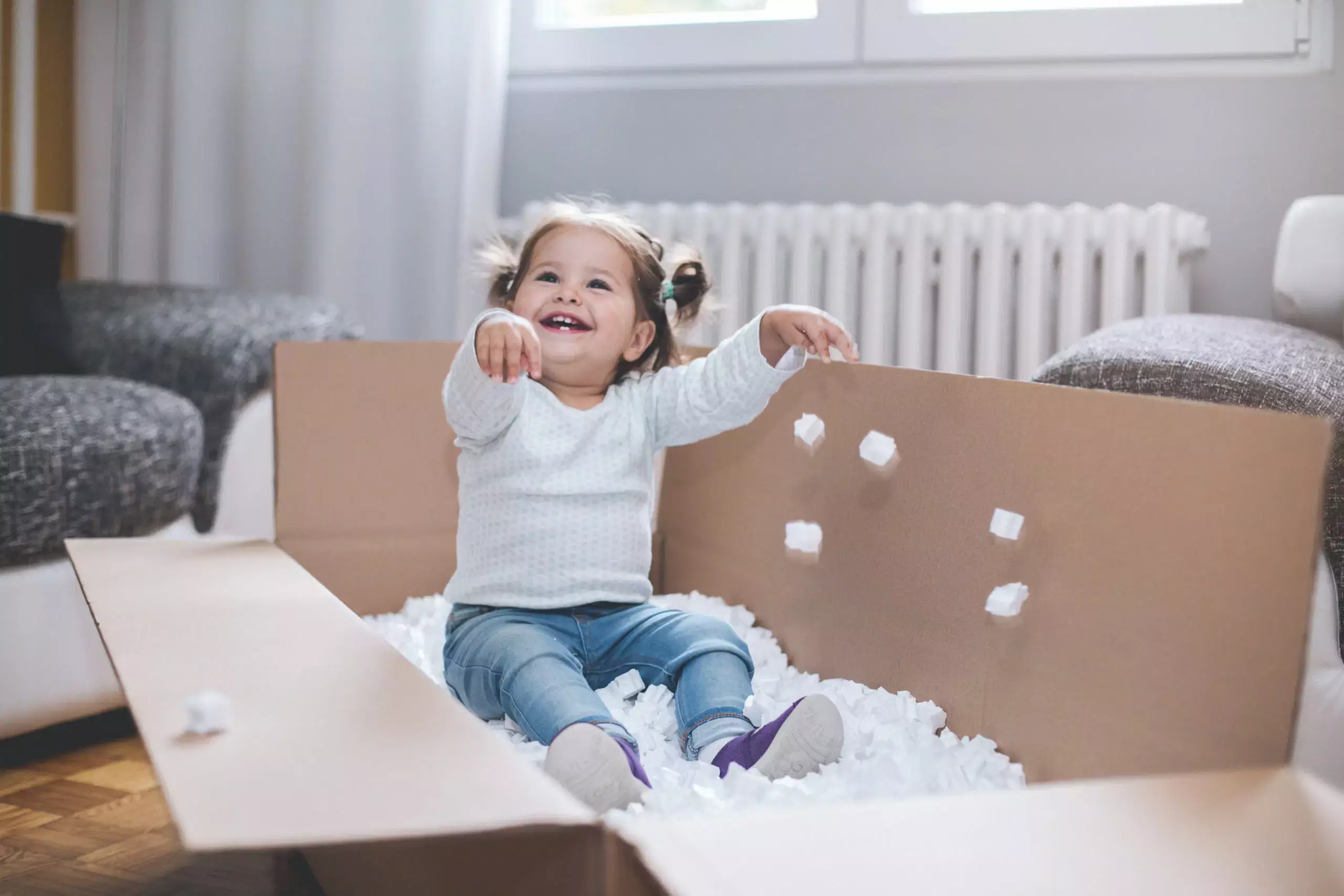Relocating is a monumental task that fills the hearts of many with a whirlwind of emotions, akin to an odyssey. When children enter the equation, this undertaking transforms from simply challenging to nearly Herculean. The chaos that ensues when you attempt to pack amidst the unpredictable energy of toddlers can certainly feel overwhelming. However, it doesn’t have to be this way. Embracing the journey of moving with a positive mindset can help both parents and children cultivate a joyful and collaborative atmosphere during this transition.
Children, particularly toddlers, often express their emotional needs through behavior. When moving day arrives, if they start acting out, it may not just be mischief; they might be signaling for reassurance and connection. It’s essential to recognize that their actions are not merely disruptive but a plea for your attention. Before diving into your packing efforts, carve out a few moments of connection with your little ones. Set aside 10 to 15 minutes for undivided playtime. This gesture fulfills their emotional needs, allowing them to feel more secure and less likely to seek attention through disruptive means later.
Making Packing a Fun Family Affair
Imagine turning the tedious act of packing into an enchanting experience. Let your kids get involved actively by giving them their own supplies—small boxes or bags designated for their toys. This can pivot the entire mood from frustration to fun. Allowing them the freedom to fill these boxes, however chaotic it may appear, provides a sense of ownership in the process. Don’t be quick to intervene; their imaginative sorting will add a magical touch to the mundane.
Implementing playful distractions can also make a significant impact. Incorporating music into your packing endeavors creates a lively atmosphere that can energize the entire family. Dance while you toss clothing into bags! Encourage your toddlers to imitate silly movements or join in your impromptu dance-offs. The joy generated through laughter can diffuse any mounting tension.
The Power of Playful Engagement
Incorporating humor and playfulness with your children can be a game-changer. Introducing “giggle parenting” techniques can channel their energy into positive interactions. When you notice their spirits flagging, interjecting with playful antics—like pretending to pack them in a box or dramatically mimicking an object—is bound to elicit laughter. Such light-hearted engagement fosters a sense of connection that reassures them during this uncertain time.
Moreover, using props like puppets can serve as an effective tool for communication. For instance, a silly puppet can act as their quirky accomplice, inviting your child to lend a hand, injecting laughter into the process. Humor can be deceptively powerful, encouraging cooperation where direct commands have failed. Furthermore, engaging in friendly competition, like racing to pack items, can make the endeavor exhilarating for young minds.
Creating Structure and Encouraging Independence
While playful engagement is crucial, structure should not be overlooked. Setting a timer can instill a sense of urgency, fostering enthusiasm as they race against the clock. You might find that giving your child specific tasks not only keeps them occupied but also nurtures their growing independence. Have them “deliver” items using a toy stroller, providing an outlet for their innate desire to contribute while making packing feel more like a game than a chore.
As the day progresses, stepping outside for a breath of fresh air can do wonders. Physical activity, even for a brief moment, allows them to shake off any lingering stress. A brief game of chase or an impromptu picnic can revitalized you both while reinforcing that moving doesn’t mean losing the fun.
Emotional Awareness in Times of Transition
Amidst the joyful chaos, emotional challenges are bound to arise. As your toddler navigates this transformative period, expect upheaval in the form of tears or tantrums. Rather than dismiss these emotions, embrace them. Crying serves as a genuine release for children, allowing them to process and adapt to their new reality. Be the calming presence that guides your child through the storm of change. Acknowledging and validating their feelings not only strengthens your bond but also creates a secure environment where they can express themselves freely.
Although moving can feel like an insurmountable task, finding the joy within the chaos makes the journey worthwhile. Remember, it’s about creating lasting memories rather than achieving perfection. So, amidst packing tapes and bubble wraps, take a moment for self-care; perhaps order in your favorite meal. At the day’s end, snuggling up for bedtime stories will serve as a gentle reminder to both you and your child that despite the upheaval, love and connection remain constant threads that hold your family together.

